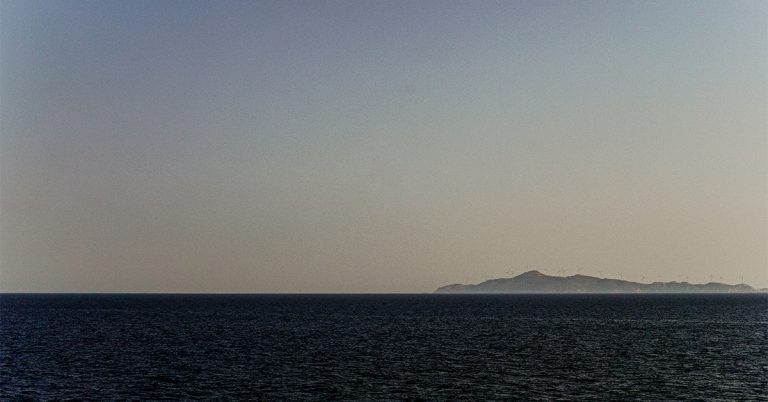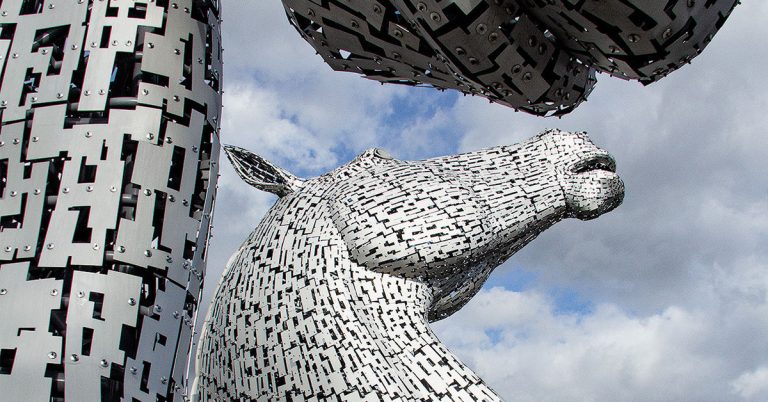
2025 marks the centenary of the birth of Gilles Deleuze. Throughout the year, we’ll be taking the opportunity to explore the impact of this towering figure in twentieth-century philosophy.
As part of this celebration, we’re publishing a series of blogs from leading Deleuze scholars. Read on to discover Charles J. Stivale’s journey with the works of Deleuze and Guattari, tracing how their ideas shaped his academic practice and translation efforts.
Find out more about our centenary celebrations.
By Charles J. Stivale
Early encounters with Delezue
Reading Deleuze became my habit starting in the late 1970s. At that time, I was like many graduate students in literary studies, trying to find a method of critical analysis that suited my interests, which were vaguely oriented toward psychoanalytical studies, even more vaguely Lacanian. These interests were stimulated by my advisor, Yves Velan, who outlined an approach that attempted to treat texts as kinds of ‘dream work’ while also detecting the working of desire within an author’s rhetorical devices. Velan also pointed out the importance of Anti-Oedipus, and while this suggestion was not necessarily linked to the close reading methods we explored, I took it to be so. I was additionally oriented toward Deleuze by an article, ‘L’appareil sériel’ (The Serial Apparatus), in the French journal Change (16-17 [1973]) by Michel Pierssens. In attempting to analyze Stendhal’s The Red and the Black, Pierssens drew specific notions from Deleuze’s Difference and Repetition and Logic of Sense, notably the concept of the ‘dispars’ and the ’empty square’ as a site of shifting, undecided signification.
To say that I was intrigued by these directions understates matters since that sense of intrigue developed into a lifetime of research. The deciding factor in my chasing this particular dragon was the sparse state of translations of Deleuze’s and Guattari’s works. I was fortunate to be in a reading group at U of Illinois-Champaign/Urbana (with Larry Grossberg, Martin Allor, Phil Sellars, Satya Mohanty, and Charlie Raufersweiler) where we discussed works by Lacan, Deleuze and Guattari, and Foucault, and in this context, I occasionally translated selected texts from French that were unavailable for my colleagues. These combined interests – critical, philosophical, translation – drove me almost inexorably deeper into this habit.
Chasing A Thousand Plateaus
I call the habit ‘chasing the dragon’ not only as a nod to Steely Dan’s song ‘Time Out of Mind’, but also because I feel that I have always been chasing behind, only rarely alongside, the seemingly ever-expanding senses and implications of Deleuze’s and Guattari’s works. I was perhaps initially more attuned to Guattari, especially after I spoke with him at length in 1985, but I confess that I gradually came to read him less and less, not for lack of interest, but just from a greater need to focus on Deleuze. When A Thousand Plateaus came out in 1980, the chase truly began: not that I had in any way ‘mastered’ Anti-Oedipus, but I felt somewhat illogically that to get a better handle on the 1972 book, I needed to come to terms with A Thousand Plateaus since I judged (and still do) that Anti-Oedipus provides not just the introduction to schizoanalysis, but also the opening ‘plateaus’ subsequently developed in the sequel. Guattari’s The Anti-Oedipus Papers has more than confirmed this intuition, and my ‘coming to terms’ with both of these works goes on to this day.
In the meantime, throughout the 1980s, I became aware of something that Deleuze would later call the intercesseurs, or mediators, that would help in my chase (Paul Patton, Ron Bogue and André Colombat stand out from these years). Of course, Larry and my U of I friends and teachers were the initial mediators, but gradually, at conferences and in correspondence, then (into another era) online and in listserv groups (wink wink, nudge nudge to Greg Seigworth and Melissa McMahon) and at yet more conferences, the mediators gradually coalesced as packs and showed me the activities of a whole collective assemblage of chasers. Also in the meantime, I engaged with Deleuze’s works before and after Anti-Oedipus/A Thousand Plateaus, and I can only answer why I did so with the user’s reply, how could I not? I needed to know about (which is not the same as understanding) what led to these seminal collaborative volumes. Likewise, Deleuze had the perplexing habit himself of producing more works in the 1980s, and as these appeared, I was hard pressed to keep up, grappling as I still was with A Thousand Plateaus on one hand, and on the other, with revising the original translation (by the elusive Mark Lester) of Logic of Sense, and consequently, attempting to seize the import of this innovative study. In turn, these forms of engagements brought me so fortunately into a fruitful working relationship and friendship with Costas (Constantin V.) Boundas who masterfully began to draw together the aforementioned packs at conferences, following which the inestimable Ian Buchanan undertook the different projects (camps, conferences, book collections, journal) that we know today and which have proliferated world-wide.
Transcribing and the Deleuze Seminars Project
Work on transcribing and then translating the Abécédaire sent the chase on a new trajectory, with Sylvère Lotringer functioning in his peculiar way as a mediator, but this whole chase has come full circle in the Deleuze Seminars project. While Tim Murphy and Richard Pinhas were definitely the mediators who initially drew me into the seminars at Web Deleuze, Dan Smith cordially and generously invited my participation at a crucial moment, precisely as I retired from teaching and as he was bringing the project online. Given the scope of Deleuze’s references in the seminars and also the inherent linkages between the seminars in the 1970s and 1980s with everything that precedes them in his works, my chase took on a vastly new charge: of course, the focus was predominantly on transcriptions and translations, those already undertaken and new ones needing realization. But this focus also necessarily encompassed the cultural history of the post-WW II era and also the specific unfolding of Deleuze’s thought within the cultural and intellectual developments of his life and within philosophy more generally. Finally, despite Deleuze’s own peculiar attitude toward ‘the archive’, sparsely elucidated in the Abécédaire, this project developed into an important engagement with his works in relation to archival practices and research.
In short, this chase has always already mutated in new directions, and as a Deleuzian mediator once observed, ‘that which does not kill me, makes me stronger’. For me, reading Deleuze, with Guattari and on his own, has simply been an unsurpassable life pursuit.
About the Author
Charles J. Stivale is Distinguished Professor Emeritus of French at Wayne State University, Detroit. His books and journal articles are in nineteenth and twentieth-century French Studies and on Deleuze and Guattari, most recently, Gilles Deleuze’s ABCs: The Folds of Friendship (Johns Hopkins University Press, 2008). He has translated or co-translated The Logic of Sense (with Constantin V. Boundas and Mark Lester; Columbia University Press, 1990, Bloomsbury, 2015), Félix Guattari: Thought, Friendship, and Visionary Cartography, by Franco Berardi (Bifo) (with Giuseppina Mecchia; Palgrave-MacMillan, 2008), Deleuze and Claire Parnet, Gilles Deleuze, From A to Z (DVD, MIT Press/Semiotext(e), 2011), Deleuze On Painting and Deleuze On Spinoza (with the Deleuze Seminars Translation Collective; University of Minnesota Press, 2025 and forthcoming). He serves as co-director with Daniel W. Smith of The Deleuze Seminars.
Find out more about our Deleuze centenary celebrations







Many thanks, Prof. Stivale, for your unceasing efforts in making the works of Deleuze and Guattari accessible to an English-speaking audience!